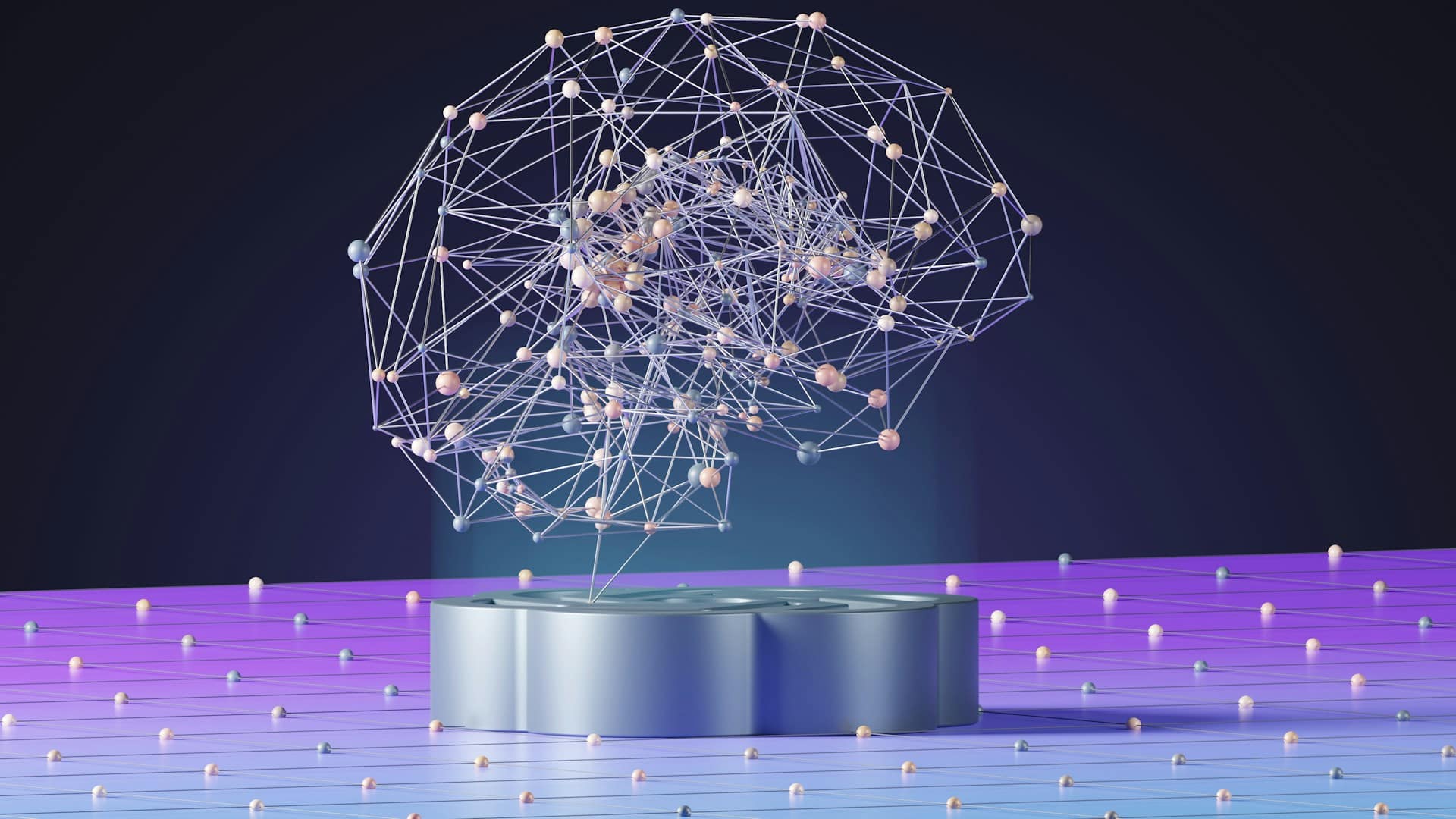RPCs play a crucial role in inter-blockchain communication and communication between blockchains and the applications built on them.
This article demystifies RPCs and RPC nodes, examines how they function in crypto, and highlights some practical applications of RPCs in Web3. Read on to learn more.
What Is a Remote Procedure Call (RPC) Node in Crypto?
A Remote Procedure Call (RPC) is a software communication protocol that enables a program to facilitate the execution of a specific procedure on a different blockchain network.
RPCs act as interfaces between program A on one computer (the client) and program B (the server), built on a different blockchain network.
RPC nodes are gateways that permit developers to access blockchains easily and economically. They’re anchors facilitating seamless communication within decentralized networks, enabling dApps to function smoothly.
RPC plays a crucial role in crypto, allowing decentralized apps (dApps) to communicate with the blockchain by facilitating processes, functions, and information exchange on systems. Here, the client application forwards a request to the blockchain, instructing it to perform a specific procedure -without revealing details about the client’s server. The server performs the requested task and responds to the client dApps.
RPCs help developers connect different blockchains by running codes capable of being executed remotely on servers. They form a crucial link between dApp users and the on-chain data exchanged between blockchain nodes (which the dApps need to function accurately).
Therefore, dApps with RPC capabilities help connect user requests to information held within blockchains.
What Are RPC Endpoints?
An RPC endpoint is the network location or access point where RPCs start and get processed. It’s the URL address where a program sends RPC requests to access the server’s information.
RPC endpoints act as communication channels between RPC clients (web applications) and RPC nodes, providing an interface for clients to interact with the blockchain.
Types of RPC Endpoints
There are several categories of RPC endpoints.
- Basic: These present developers and applications with a simple interface for interacting with the decentralized ecosystem. They also allow developers to build nodes with minimal expenses. The endpoints facilitate RPCs, permitting external entities to query blockchain data, initiate transactions, and retrieve information.
- Advanced: These endpoints offer specialized functionalities, such as managing complex consensus procedures, smart contract interactions, and accessing advanced tools. They are ideal for developers and apps requiring deeper insights.
- Custom: These address specific functionalities and use cases. They allow developers to address special needs, implement novel functionalities, and customize features or consensus mechanisms tailored to specific applications or networks.
- Public: Because these endpoints are free and openly available, they foster wider participation with the blockchain. They permit access to network information, blockchain data queries, and transaction submissions and are best added to blockchain-based apps like personal wallets. However, they also have the challenge of being slow.
- Private: These belong to private entities. Only participants with specific privileges can access these endpoints to perform operations like executing transactions or querying data. They are often favored by dApps as they provide faster and more efficient services.
How Do Crypto RPC Nodes Work?
RPC nodes work by connecting dApps to data within a blockchain. A client application initiates the RPC by sending a request (initiating a subroutine) to the blockchain with info regarding the function to be performed. Once the program makes a request, the RPC node performs the operation or retrieves the requisite information from the blockchain and then sends the answer back to the dApp.
An RPC uses a client-server structure; the dApp is the client, while the server is an RPC node.
Overall, RPC nodes facilitate responsiveness, efficiency, and seamless communication within the decentralized ecosystem by:
- Ensuring requests flow smoothly and efficiently between different blockchain elements
- Enabling users to carry out transactions and smart contracts across the blockchain ecosystem
- Acting as a developer interface, allowing developers to query data
- Optimizing blockchain transactions, ensuring they are fast and credible
- Ensuring all the diverse components of a blockchain work harmoniously
Use Cases of RPC Nodes in Crypto
Examples of crypto RPC node use cases include:
- dApps: RPC nodes give access to blockchain data and facilitate interactions with smart contracts, while RPC endpoints support seamless communication between dApps and the blockchain ecosystem.
- Customized blockchain solutions: Developers leverage RPC nodes to tailor interactions for custom blockchain solutions.
- NFT marketplaces: RPC nodes allow NFT platforms to interact with smart contracts that manage NFTs, while RPC endpoints permit NFT functionalities to integrate smoothly.
- Wallets: RPC nodes allow wallet applications to interact with the Blockchain. They can perform transactions, retrieve transaction history, or, with multi-chain wallets, exchange information across different chains.
Benefits And Drawbacks of Crypto RPCs
Now, let’s take a look at their benefits and drawbacks.
Benefits
- They offer a simple yet secure protocol for passing information between dApps and the Blockchain.
- They facilitate the establishment of large-scale distributed applications with application logic spread across many systems. Using multiple RPC nodes allows transaction information to be transmitted and processed swiftly.
- RPCs foster interoperability between applications running on different platforms. Users can utilize RPC nodes to perform multiple functions simultaneously across different applications.
Drawbacks
- They are susceptible to failure because they comprise different components: a communication system, a machine, and a separate process.
- The system isn’t always suitable for transferring significant amounts of information because the server and client work from different environments.
Final Take
RPCs and RPC nodes are essential components in blockchain ecosystems. They ensure a smooth flow of information between different blockchains and Web3 apps, which is key to keeping blockchains running and promoting interoperability between networks, applications, and users.




